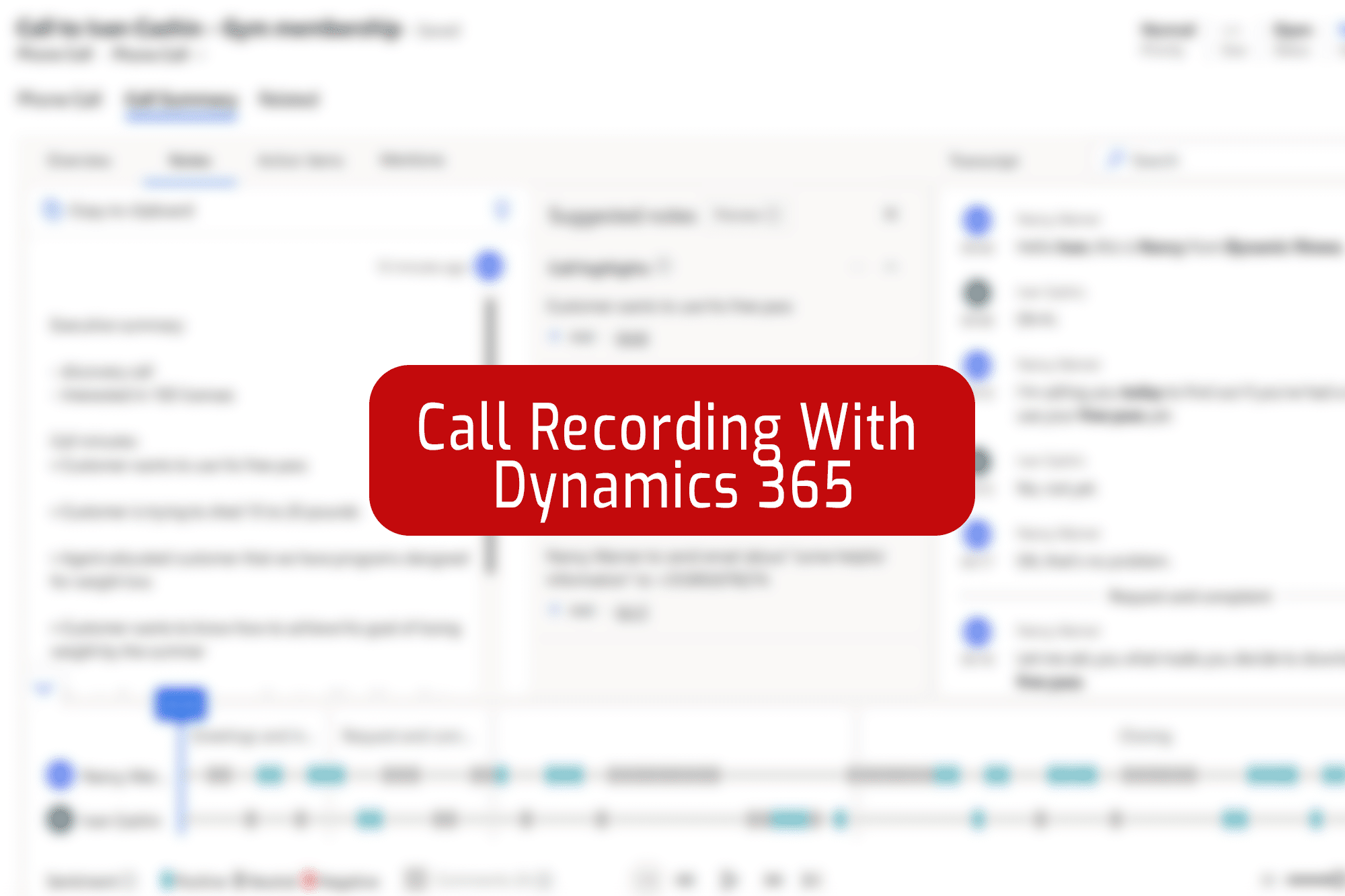So, you’ve got a shiny CRM system with loads of leads and contacts, ready to take your business to the next level – But how does it all get stored? How much is too much? How can you manage it?
All these questions, and more, answered here!
First Up – What Is It?
Just like the file storage on your hard drive or SSD, Dynamics 365 requires storage capacity to hold all of the data and insights you feed into it.
Unlike in on-premise deployments where your business’s servers manage the storage and data, storage for Dynamics Online is licensed by Microsoft under your Dynamics subscription, with no extra cost.
Your system admin should be keeping on top of how much storage you’re using, and how much you’ve got left, in the Power Platform Admin centre. Doing this ensures that your system performance doesn’t get impacted by capacity limits.
Some storage comes as standard with your Dynamics 365 package, and additional capacity can be purchased per capacity type, on a per gigabyte per month basis to ensure you never run out.
Microsoft’s new storage model splits capacity into the following three types.
- Database – This houses all of the typical entity and field data, and core records like accounts, contacts, opportunities and any other custom record type. Put simply – it holds all the stuff you would’ve put into a spreadsheet before you made the jump to CRM! 10GB comes as standard, plus 250MB per user (for Enterprise license and above).
- File – File storage is made up of notes, emails, and files (documents added as attachments). Emails tracked to Dynamics as well as those sent from Dynamics both count. You get 20GB as standard, plus 2Gb per user (for Enterprise license and above).
- Log – This section stores more “system” type files – back-end files that the system needs to run such as workflow logs, audit history data, analytics, role updates and more. You get 2GB as standard (for Enterprise license and above).
How Can I Reduce Storage?
This is the question on everyone’s minds and one with multiple possible answers. It is something we are asked all the time.

Power Platform Capacity Summary Page.

Dataverse tab which shows you a per-environment summary.





